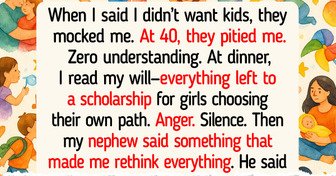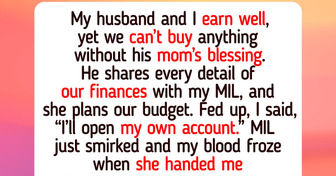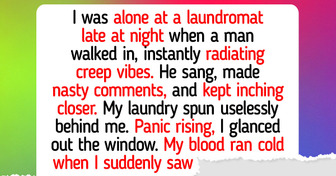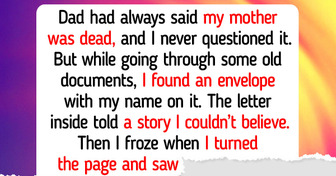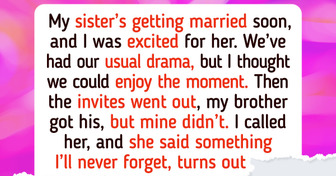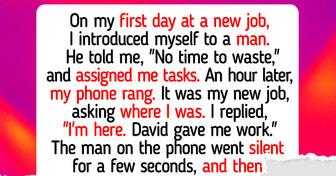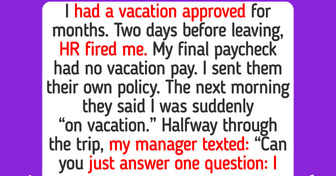My In-Laws Told Me Not to Share a Bed With My Wife—I Am Furious

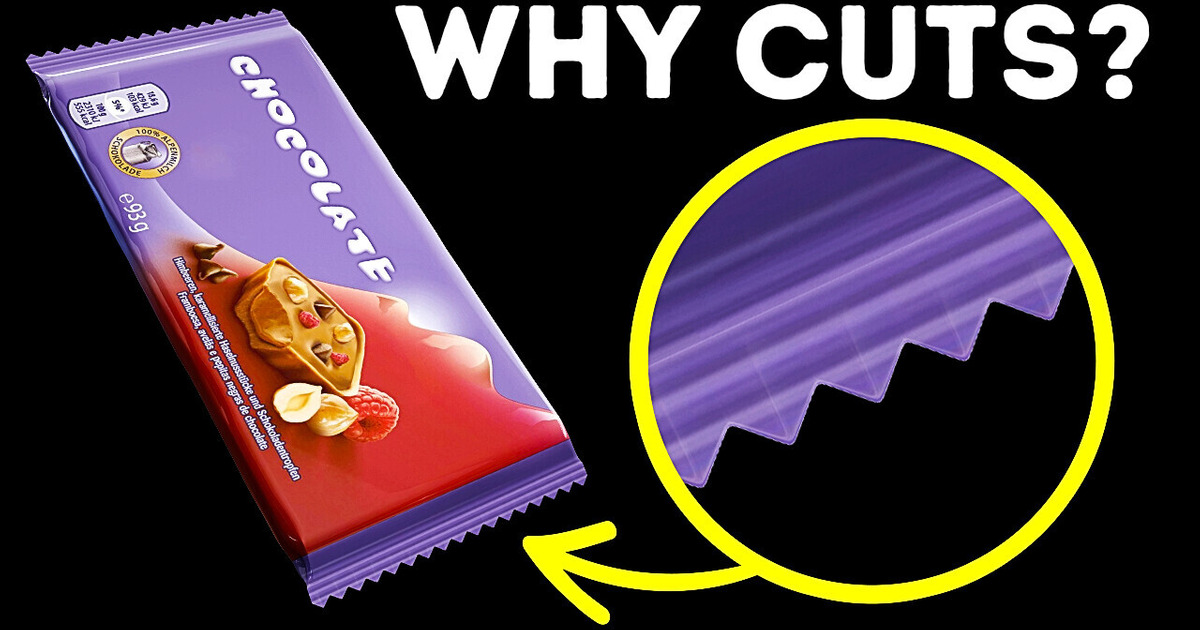
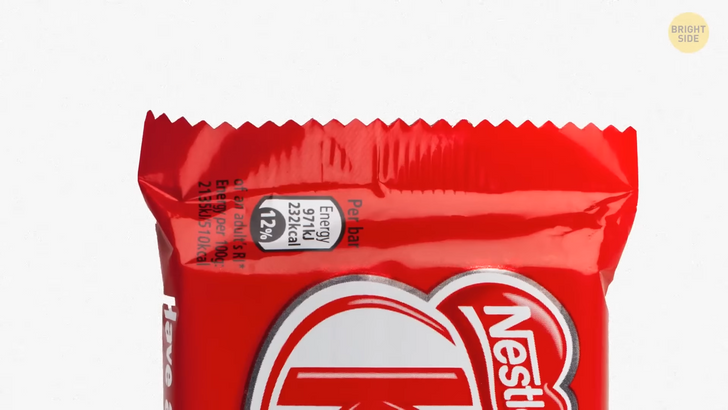
Plastic is made of long molecules called polymers. You can compare it with a fabric made of long threads. But the scale is much smaller, and these strands aren’t actually woven together. What ridges do is remove the support of the surrounding polymer fibers.
If the edge is flat, the molecules are surrounded and kinda protected by their mates. But if the edge is uneven, molecules on the peaks of the ridges are much more exposed to mechanical damage. Plus, such an uneven edge allows you to apply more force to a specific point — the groove. And once that point fails, the groove moves to the next point, causing more tearing. And this process continues until you stop applying the force or until you’re done tearing the packaging apart.
But this isn’t the only packaging secret. I’m about to reveal the most unexpected packaging facts! Is this what the future of packaging looks like? A Swedish company has invented a magic juice box. It’s made of agar-agar seaweed gel and water. It can only contain short-term smoothies and juices. The box also withers at the same rate you consume the product inside. Wow, doesn’t it sound like the future is here?!
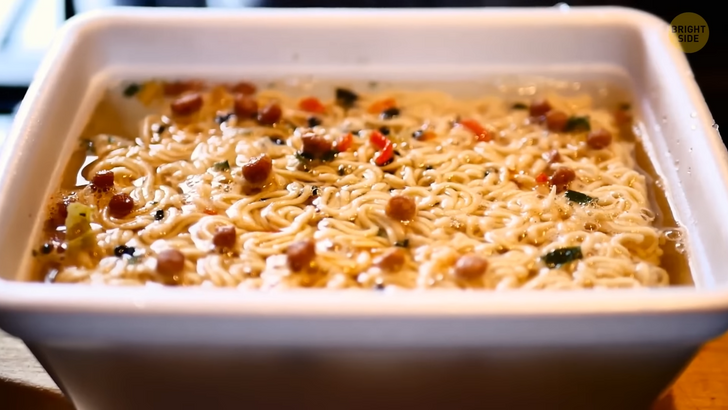
That overwhelming smell of coffee that literally hits you once you open a jar with instant coffee? This scent is actually just a coffee aroma sprayed onto the lid. It’s done to provide you with the enticing smell of freshly ground coffee.
One of Korea’s leading manufacturers of instant noodles has come up with innovative packaging for their production. It can be safely used in microwaves! The company claims that some additional material used in this packaging can remain intact without melting even at high temperatures. Well, it’ll definitely make the process of heating up your lunch much faster!
Almost all food we consume has an expiration rate. But this rule doesn’t apply to water. Hmm... But how come there’s an expiration date on every water bottle? There’s no paradox here — this expiration date refers to the bottle, not the water inside!
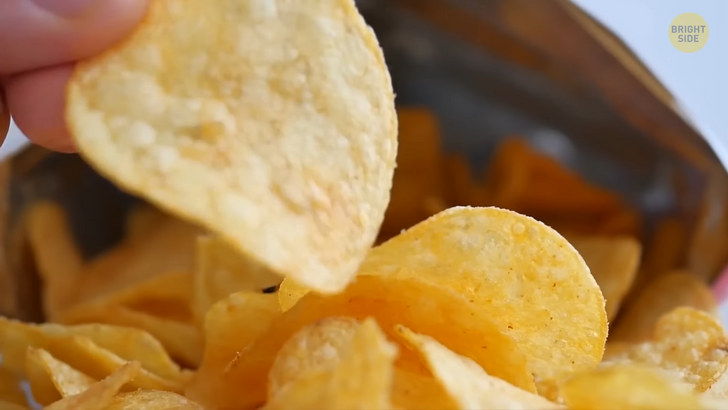
They say that regardless of the brand, all chips have the Best Before date that ends on a Saturday. It’s because a production week starts on a Sunday and, correspondingly, ends on a Saturday. Well, I’ve checked my stash — and it seems to be true! Go look at yours and write in the comments what you’ve found out!
Bubble wrap was originally designed to serve as textured wallpaper! It was invented in 1957 by engineers Marc Chavannes and Alfred Fielding in New Jersey. They sealed together two shower curtains, trapping inside a smattering of air bubbles, and wanted to sell the resulting product as an innovative kind of wallpaper. Unfortunately, the product turned out to be a failure — as wallpaper.
Then the inventors started selling it as greenhouse insulation. But it wasn’t until 1961 that the material’s protective qualities were discovered. And the first client that used bubble wrap as a packaging material was IBM. This company used it to protect its big IBM 1401 main-frame computer during shipment.
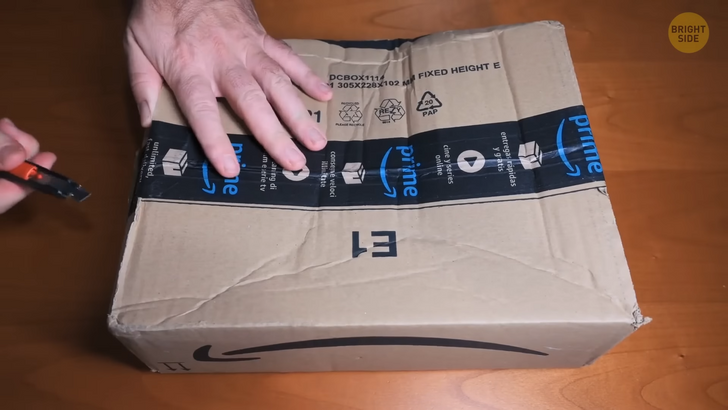
People LOVE personalized products. According to researchers, a whopping 52% of online customers are more willing to repeat their purchases from a company when they get personalized shipping boxes. If you’ve ever seen someone unboxing Apple products, you probably noticed that the company uses very laconic packaging.
This probably made you think that they put no effort into it. But that’s not true! To achieve such a level of perfect simplicity, Apple has created a real culture around its packaging. The company’s headquarters even have a special place where they come up with packaging designs for new products.
The egg carton was designed in 1911 by newspaper editor Joseph Coyle from British Columbia. The main goal of this invention was to resolve a dispute between a local farmer and a hotel owner who kept complaining that the farmer’s eggs were delivered broken. Yes, necessity IS the mother of invention.
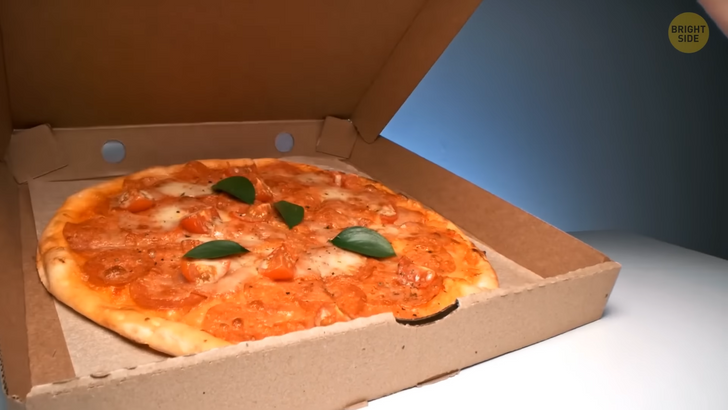
Nike has created a shoebox made completely out of recycled trash materials — mainly drink containers. This box also allows its owner to wear it as a backpack. Paper packaging for food goes way back to China — to the second century BCE! At that time, food was often wrapped in thin sheets of mulberry bark. And later, the idea spread all over the world.
And in 1879, one accident literally changed history. A worker from a paper bag factory in Brooklyn set the machine he used to the wrong settings. And instead of creasing small bags, it cut through them. When the owner of the factory readjusted the settings on the machine, he realized that it could cut and crease at the same time. This led to the appearance of mass-produced paperboard boxes.
Researchers have found out that the process used during the manufacturing of cardboard boxes can ward off germs. Hear me out: to make cardboard, they shape layers of paper and bond them at a temperature of up to 200˚F. That’s hotter than most harmful bacteria can withstand. That’s why cardboard boxes are a rather safe way to package food. After all, they come out of the manufacturing process sanitized, even when they’re made from recycled materials.
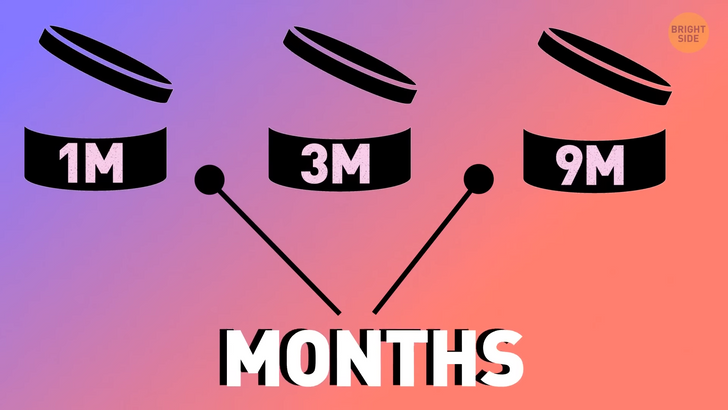
That little open jar icon on cosmetic packaging is the PAO (Period After Opening) symbol. It informs consumers about the period of time a product may be used after the package is unsealed. The symbol, featuring a number followed by the letter “M” (months), can be seen on almost all cosmetic products.
Some plastic milk containers have dents on their sides. These dents serve several purposes. For one thing, when milk spoils, this process usually causes swelling and high-pressure build-up inside the container. That’s when the dent comes in handy — it pops out and doesn’t let the jug blow up. Plus, if you decide to freeze the milk, it will expand like any other liquid. And then again, the indentation will pop out and prevent the container from breaking inside your freezer.
Soda bottles are always filled in such a way that there’s some space between the liquid and the cap. That’s because soda contains carbon dioxide. It’s a gas that can expand once a bottle is heated. If there’s no gap in the bottle, it can break because of the pressure building inside. Also, when you open your drink, the gasses go out in the form of bubbles. And the drink is likely to overflow. The gap helps with this problem too.
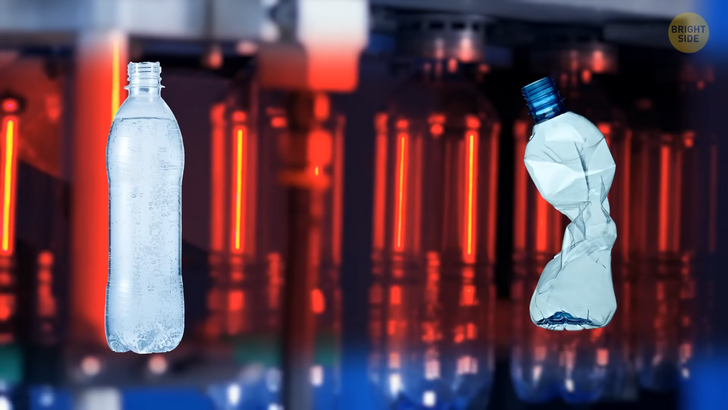
Now, about those horizontal lines on plastic bottles. They help hold bottles up. Some bottles are produced from soft plastic. Without the lines, they wouldn’t keep their shape. Instead, they would twist easily or even break.
Number “57” on a Heinz ketchup bottle has nothing to do with the product label! The truth is that the place with the numbers is the very sweet spot you should tap to get the ketchup flowing! So, stop smacking the bottom of your sauce bottle and tap the “57”! By the way, if you’ve been wondering why the number is exactly “57,” not 34 or 89, this comes from the historical advertising slogan “57 Varieties” created by the Heinz Company located in Pittsburgh, US.
This advertising campaign told customers about the numerous products manufactured by the company. At first sight, everything is obvious about plastic lids on disposable cups — they keep your beverage inside, right? But that’s not all they are capable of! As soon as you find a cozy spot and get ready to sip on your drink, you can use the lid as a coaster!
If you look carefully, you’ll notice special ridges that hug the bottom of your cup snuggly. It’s a snuggly hug. The size of each lid fits the bottom of the corresponding cup. The soft round part under a soda bottle cap keeps the carbonation from escaping. Without it, your pop would go flat in no time, probably even before you buy it.



